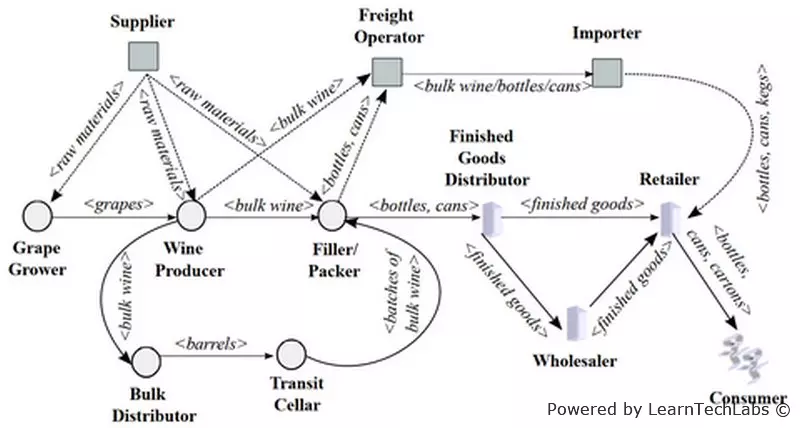Buoyed by dazzling results, the luxury giant has been opening one leather goods store a year in France since the beginning of the decade. The latest addition was inaugurated this Friday in Louviers by the head of Hermès, Axel Dumas. La Tribune walked through its workshops where one of the most expensive bags in the world is made, in complete discretion.
Protected by a fence that you have to show your credentials on two occasions before you can enter, the elegant brick building barely gives a glimpse of its large arches, which are supposed to evoke "the galloping horse". We are on a former industrial wasteland that used to house a Philips vinyl record pressing plant. The complex is a stone's throw from the historic center of Louviers, one of the medium-sized towns favored by Hermès executives for the location of their production facilities. The luxury giant has built a new leather goods factory on more than 6,000 m2, the 21st in France.
But the visitor will look in vain for a sign to indicate its presence. Here, as elsewhere, the culture of "discretion and humility" is the rule. In the corridors of the "house", as it should be called, only the product and the craftsmanship have a place. Thus, at Hermès, there is no taste for flashy marketing gimmicks, and restraint is the rule. "The objects are always put forward. We do not use muses," says François Pierre de Feydeau, the site's owner. Is this why the Lovière factory looks like a curious assembly of yesterday's and tomorrow's world?
Automation, no thanks
The first French industrial building to be awarded the (very demanding) E4C2 label, which certifies its energy autonomy, and equipped with a vast interior "market place" reminiscent of a coworking space, almost everything is still made manually. This singularity is proudly assumed by the owner. "Hermès has always refused to automate its processes. The only departure from this catechism is the tracing of shapes on the tanned skins using a laser and cutting them with an electric blade.
For the rest, the 170 craftsmen (soon 250), mostly women, employed in the workshops in Lovières, sew, glue, stamp and stitch by hand with needle and linen thread. Count on a good week for the delivery of a made-to-measure saddle - the first ones made outside the historical site of the Faubourg Saint-Honoré in echo to the equine heritage of Normandy. Count on at least 24 hours for the Kelly bag, one of the company's star products, whose manufacture requires no less than a hundred manipulations, all carried out from start to finish by each employee assigned to their production.
Popularized in its time by Princess Grace of Monaco, the smallest model, sold for more than 6,000 euros, is not within the reach of everyone but, for this price, boasts an unequalled longevity. "Our objects are often passed down through several generations and are designed to last. With 220,000 repairs carried out in 2022 (vs. 161,000 in 2021), this commitment is an operational reality throughout the world," says Emmanuel Pommier, General Manager of the leather goods and saddlery division. The opposite of programmed obsolescence, in short.
A growing love affair
Moreover, this ancestral recipe does not seem to be getting old. On the contrary. In fact, it works better than ever, thanks to the enthusiasm of buyers, especially in Asia, for French luxury. The sparkling results of Hermès International are proof of this. Sales of more than 11.5 billion euros jumped 23% last year, and net income rose 38%. In the leather goods segment, which is manufactured entirely within our borders, sales increased by almost a quarter to represent 43% of total sales. This has reinforced the group's intention to create one leather factory per year in France "without closing any", we are told.
In addition to the one inaugurated these days, three others are in the process of opening their doors between now and 2026 in the Ardennes, in Auvergne in the Puy-de-Dôme, and in the Charentes. In addition, there will be capacity expansions. Illustration in the leather workshops created in 2017 in Val-de-Reuil, a city near Louviers, which will see their workforce increase from 180 to 250 craftsmen. One of the most interesting details is that the mayor of the town in question is Marc Antoine Jamet, who is none other than the general secretary of LVMH. This is proof that the heirs of Thierry Hermès, who had a very hard time with the (aborted) raid led by Bernard Arnault in 2010, know how to put their grudge between brackets when business requires it.


